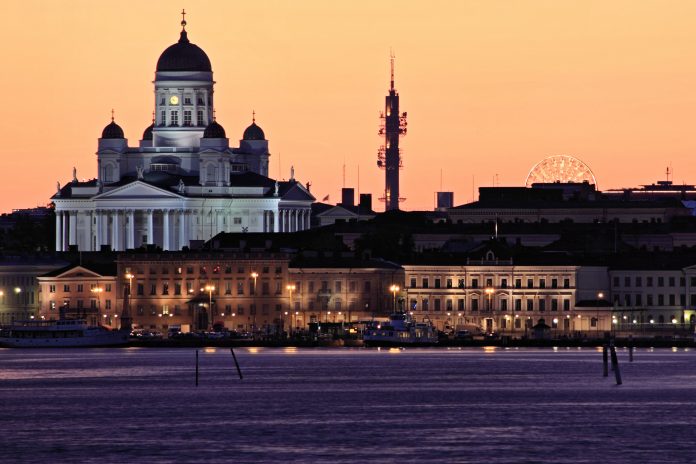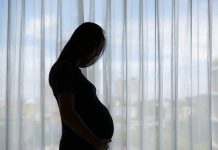According to data on light pollution, LGBT safety and living costs, Helsinki is the least stressful city in the world – with 0% of the population living in poverty
These new figures from insurance provider, William Russell, find that Cairo takes the top spot as most stressful city to live in.
While mental health is connected to a chemical imbalance in the brain, there is huge power in where a person lives to trigger that imbalance. Factors that seem innocuous can actually have a significant role, such as economic issues in the neighbourhood and levels of pollution in the air.
The pandemic – taking hundreds of thousands of lives and creating a new definition of isolation – impacted mental health across the globe. Even life expectancy took a hit, with the most immense drop in mortality since World War Two.
While some fight to access their first vaccine dose, others are on their fourth booster. While some work from home, others must risk their health to sustain their livelihoods. In this shifting climate of loss and fear, lives across the world are starkly different from one another.
The stress scores are calculated from suicides in relation to population, living costs for one person, cleanliness of the city, percentage of population living on less than $5.50 per day, and LGBT+ safety. The higher the number is, the more stressful a place theoretically is.
What are the five most stressful cities in the world?
1. Cairo, Egypt
Cairo is the second largest city in Africa, with one of the lowest LGBT safety ratings in the world at -96. Of the cities examined, Cairo also has the second-lowest cleanliness rating – with Marseille, France, coming in last for that measurement.
However, Cairo has one of the lowest suicide rates. It has a stress score of 7.67.
2. Delhi, India
Delhi on the other hand, has one of the highest suicide rates per 100,000 people, at 12.91. The LGBT safety rating is 65, which is relatively strong. But according to this understanding of poverty as those living on less than $5.50 per day, 17% of the city experience socio-economic deprivation.
The city has a stress score of 6.96.
3. Karachi, Pakistan
Karachi is the largest city in Pakistan. It has an extremely high level of air pollution, coming in second only to Delhi. The LGBT safety rating is down to -89, with suicide rates at 9.77 per 100,000 people.
Currently, 4.47% of the population live in poverty.
The city has a stress score of 6.47.
4. Mumbai, India
This city has a good LGBT safety score, at 65. Sadly, suicide rates are high – at 12.91 per 100,000 people. It is one of the most populated cities in India, generating 6.16% of GDP. At the heart of Indian finance, business and cinema, it is colloquially known as the City of Dreams.
The city has a stress score of 6.28.
5. Baghdad, Iraq
The city, facing invasion for years, experienced huge losses to cultural and historical places from 2003 to 2017. Despite the recent past, it has a relatively low suicide rate at 4.74. The city is also tidy and green, at 20.74 tidiness. It is the second largest city in the Arab world, after Cairo.
It has a stress score of 6.08.
“Social determinants of mental health” are most prevalent
When it comes to individual experiences of a stressful environment, it appears that healthcare and economic factors ultimately shape the reality that an individual faces. In some cases, foreign decision-making led to over a decade of violence – which clearly changed mental health and population stress levels in Baghdad. In less clear-cut cases such as Cairo, lack of solidified support for LGBT populations lead to elevated levels of fear.
Dr Florence Baingana, Regional Advisor, Mental Health and Substance Abuse at the World Health Organization African Region, said: “Determinants of mental health can be genetic, that is the genes we inherit from our parents.
“However, the biggest is known as the social determinants of mental health. These include female gender, lower socioeconomic status, food insecurity, being in a lower-income group, low job satisfaction, being an immigrant from a low-or middle-income country, interpersonal adversity in early childhood, feeling powerlessness, experiencing negative life events, lacking social or emotional support, living alone and living in common-law relationships.
“There are also environmental factors, like living in a low-income neighbourhood, living in an internally displaced camp, working in a stressful environment.”











